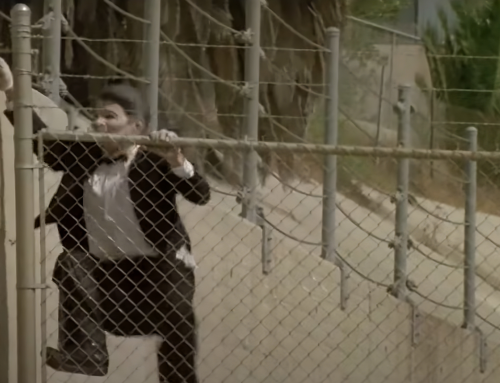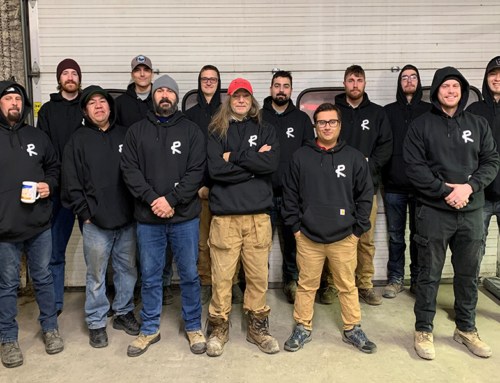As a homeowner, your top priority is the safety and well-being of your family, including your beloved children and/or furry companions. One of the best ways to protect them while enjoying your outdoor property is by installing a child and pet-friendly fence. Not only does it offer a sense of security, but it also provides an excellent opportunity for kids and pets to play freely within the confines of your yard. We’re proud to admit we’ve built thousands of fences for residential homes over our years of operation, and over that time we’ve picked up a tidbit of knowledge or two. In this blog post, we’ll explore some safety measures to ensure your fence effectively safeguards your loved ones, making your home a safe haven for joyous moments and cherished memories.
Height and Spacing
When it comes to child and animal safety, the height and spacing of your fence play a crucial role. Opt for a fence that is at least four feet tall to deter climbing attempts by agile pets (or kids). Moreover, ensure that the pickets or panels are positioned close enough to prevent small pets from squeezing through gaps, thus minimizing the risk of accidental escape. Privacy slats for chain link fences are often used in such scenarios.
Secure Gate Mechanisms
Ideally, your fence’s gate is the only point of entry and exit, so it requires special attention to avoid potential mishaps. Choose a self-closing gate with a reliable latch mechanism that automatically locks when closed. This ensures the gate won’t accidentally remain open, preventing kids or pets from wandering outside unattended.
Soften the Edges
Some fence materials, such as our popular chain link, may have sharp edges when a customer orders an option like barbed knuckles. Regardless of municipal legislation, we recommend avoiding such deterrents and sticking with standard tied-knuckle tops. You can even consider adding softening materials like protective covers to any abrasive edges to further minimize accidental injuries.
The Right Materials for the Best Installation
Tied in with the previous point, installing the right fence material is a consideration in maximizing the safety of children. Wood fences, unless they’re sanded smooth, can pose a splinter risk in a way a chain link or vinyl fence can’t. On the other hand, the diamonds in chainlink fence can serve as catch points for little curious arms unless privacy slats are included. In both cases the materials can make for great fences, so long as you choose the right variant.
Regular Inspections & Maintenance
To guarantee your fence remains a reliable safety feature, conduct regular inspections and maintenance. Check for loose bolts/screws, damaged panels, or holes in mesh, and address any issues promptly. If the repair can’t be done on your own, give us a call and we’d be happy to help.
Childproof Landscaping
Incorporate childproof landscaping around the fence area. Avoid planting thorny bushes or toxic plants that could harm kids or pets. Instead, choose soft and safe vegetation, keeping the area clear and free of tripping hazards.
Conclusion
Your home’s fence should be more than just a boundary; it should offer a secure haven for your loved ones to explore and play freely. By following these essential safety measures, you can ensure that your fence provides the utmost protection for children and pets while they enjoy the outdoors. Remember, a well-maintained, child and pet-friendly fence not only grants peace of mind but also allows you to create cherished memories and strengthen the bond with your family and furry friends.




